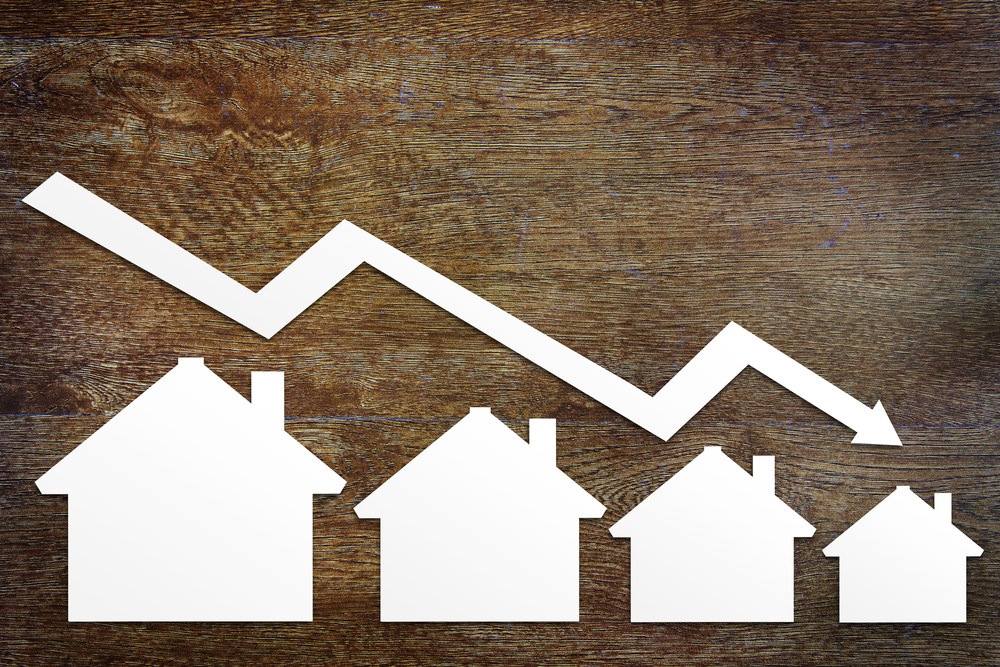
Sponsored Content
James Ginley, Technical Surveying Director at e.surv Chartered Surveyors
A New Year, and we can already look forward to new construction standards in new build in the shape of The Future Homes and Buildings Standards. The standards unsurprisingly come with an acute lens on renewable energy and enhanced building services. They bring challenges and opportunities alike depending where you are in the value chain.
The government is suggesting that starting from 2025, all new buildings should be prepared for net zero energy and believe that once the plans become law, no more work will be required for new construction to achieve the UK’s net-zero goal by 2050.
The goal of many of these initiatives is to raise the bar for building services. Primary among these are those elements concerned with heating and cooling properties. Most of us will be aware of the ban on gas boilers for both residential and commercial buildings in favour of air source heat pumps.
But the proposals around airtightness in the consultation are likely to prove more controversial. The government is suggesting an airtightness standard of 5m3/m2hr@50Pa believing this would represent a 75% reduction in carbon emissions compared to 2013 building regulations.
However, notwithstanding the considerable additional cost to construction, airtightness is tricky as without appropriate ventilation it can become a hazard, and if the answer is to build in ventilation systems to offset this then it is easy to see how the costs may escalate with the question who will pay for all this.
Airtightness will require a solution like ventilation but a report from Reading University’s school of construction management and engineering as early as 2015 , cited poor indoor air quality as being connected with a range of undesirable health effects, such as allergies and asthma, lung cancer, chronic obstructive pulmonary disease, airborne respiratory infections and cardiovascular disease.
Ventilation systems may be the answer but they need to be installed properly and, any ventilation system to exhaust stale indoor air and bring in fresh outdoor air means ventilators must be maintained and regularly inspected for optimal performance.
But there is a bigger question when it comes to the value of these enhancements. New homes need buyers who can afford any cost that is preloaded into the build which ultimately means a bigger mortgage may will be needed to be to afford it. What value do we add for these systems and their ongoing maintenance is not clear.
New build is likely to become a more contentious area as these requirements mount. Lenders cannot factor in cheaper bills into new homes as there is little or no way of actually measuring this – furthermore will bills be cheaper if the owners of the new energy efficient homes need to spend considerable amounts on the systems sustaining them? And what of the residents are profligate with their energy use? If you use a washing machine and dryer three times a week because you have a large family, you will output more than a household of one. What should underwriters make of this?
There is a lot in play for new build – a sector which remains in the doldrums to a degree. It’s important that the changes we make do not outstrip our ability as a society to pay for them.
James Ginley, Technical Surveying Director at e.surv Chartered Surveyors



